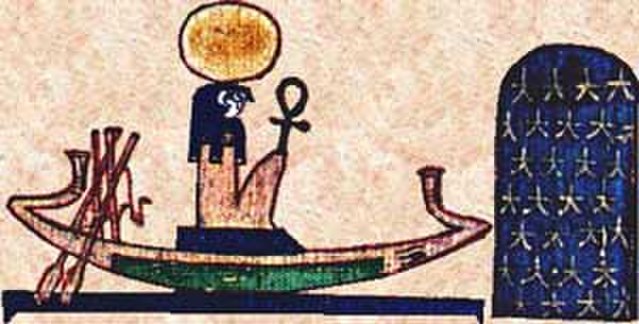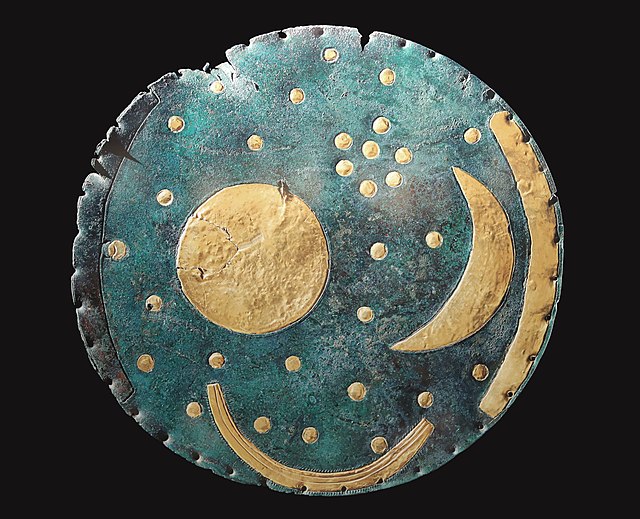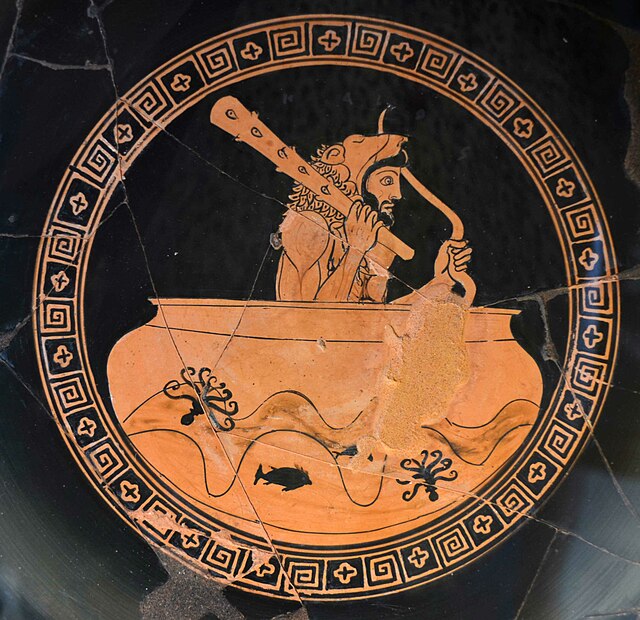Shamash was the ancient Mesopotamian sun god, also known as Utu. He was believed to see everything that happened in the world every day, and was therefore responsible for justice and protection of travelers. As a divine judge, he could be associated with the underworld. Additionally, he could serve as the god of divination, typically alongside the weather god Adad. While he was universally regarded as one of the primary gods, he was particularly venerated in Sippar and Larsa.The moon god Nanna (Sin) and his wife Ningal were regarded as his parents, while his twin sister was Inanna (Ishtar). Occasionally other goddesses, such as Manzat and Pinikir, could be regarded as his sisters too. The dawn goddess Aya (Sherida) was his wife, and multiple texts describe their daily reunions taking place on a mountain where the sun was believed to set. Among their children were Kittum, the personification of truth, dream deities such as Mamu, as well as the god Ishum. Utu's name could be used to write the names of many foreign solar deities logographically. The connection between him and the Hurrian solar god Shimige is particularly well attested, and the latter could be associated with Aya as well.

Representation of Shamash from the Tablet of Shamash (c. 888 – 855 BC), showing him sitting on his throne dispensing justice while clutching a rod-and-ring symbol
Fired clay statue of a seated god, probably Shamash. From Ur, Iraq. Old-Babylonian period, 2000-1750 BCE. British Museum
Detail of a cylinder seal from Sippar (2300 BC) depicting Shamash with rays rising from his shoulders and holding a saw-toothed knife with which he cuts his way through the mountains of the east at dawn (British Museum)
Old Babylonian cylinder seal impression depicting Shamash surrounded by worshippers (c. 1850-1598 BC)
A solar deity or sun deity is a deity who represents the Sun or an aspect thereof. Such deities are usually associated with power and strength. Solar deities and Sun worship can be found throughout most of recorded history in various forms. The Sun is sometimes referred to by its Latin name Sol or by its Greek name Helios. The English word sun derives from Proto-Germanic *sunnǭ.
A solar representation on an anthropomorphic stele from Rocher des Doms, France, Chasséen culture, 5th-4th millennia BC.
Ra in his barque
The Nebra Sky Disc, Germany, c. 1800–1600 BC
Heracles in the golden cup-boat of the sun god Helios, 480 BC.








